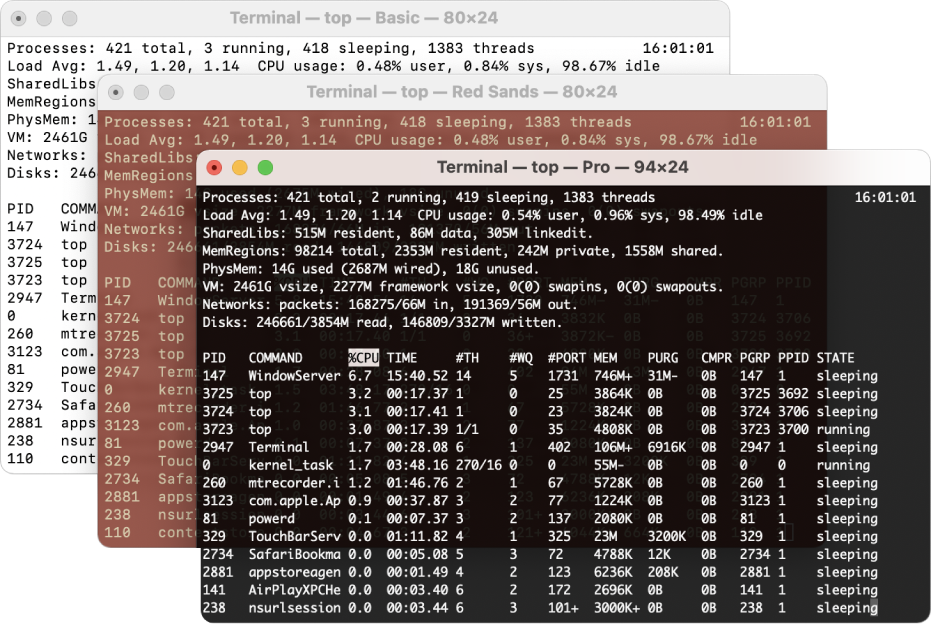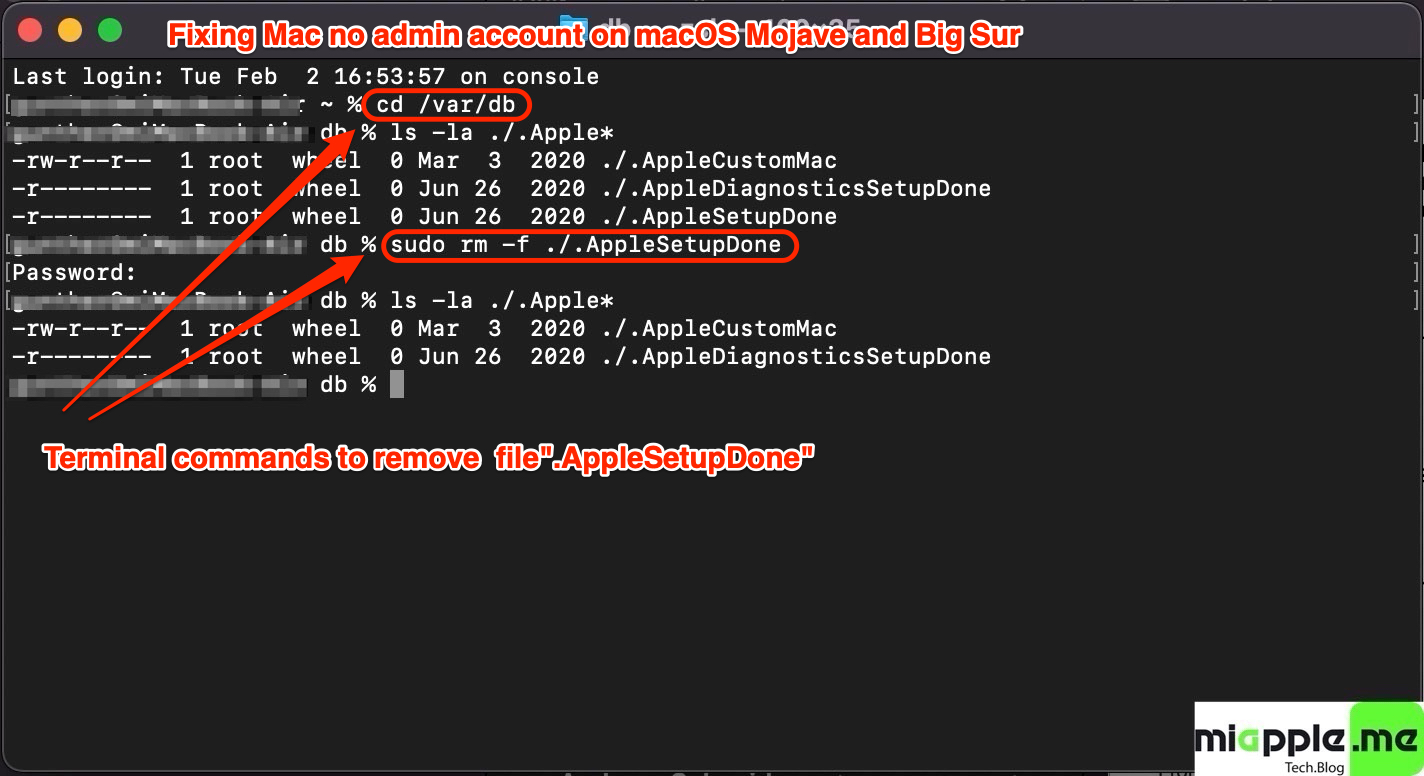

However, there are instances when it can get overpopulated.

Most of the time, it does not hold much cache.

In the Library folder, go into the Caches folder.Here are the steps to clean Other storage manually. To clean it up yourself, you just need to go to that folder (and its sub-folders - Cache and Application Support) and delete the unnecessary and redundant files. Deleting Other Storage ManuallyĪs we have already mentioned, a significant chunk of the Other category files resides in the Library folder. You can either go to each folder (that contributes to the Other storage) on your system and selectively delete the files from there or use a third-party Mac cleaning utility to handle it for you. Similar to the identification process, cleaning up can also be done in two ways. Now that you have broadly identified the kind of files that make up the Other storage on your Mac, it is time to remove them. Some of these utilities include OmniDiskSweeper, DiskInventoryX, CleanMyMac X, and MacClearner Pro.
#How to clean up mac from command line free#
There are various free and paid disk analyzer utilities for macOS that allow you to analyze your storage to find out the files that make up the Other category. Finding Other Files using a Third-Party Tool However, you can find a major chunk of this category under two folders: Caches and Application Support. Most of these folders contribute to the Other storage category. Here you will find a list of various folders. Alternatively, you can access this using the shift + command + G shortcut in the Finder window.įinder will now open to the Library folder.
#How to clean up mac from command line how to#
How to Find Files in the Other category on Mac?įiles in the Other category are typically found in two ways: by looking into different folders that make up the Other category, or by using a third-party disk analyzer or cleanup utility. However, this approach of viewing storage breakdown is only partially useful since you only get to see the total space occupied by the Other category and don’t really have an option to see the exact breakdown of files that take up this space. Click on Manage to view a detailed breakdown of the occupied space.
macOS will now identify the storage on your system and give you an overview of the consumed space.


 0 kommentar(er)
0 kommentar(er)
